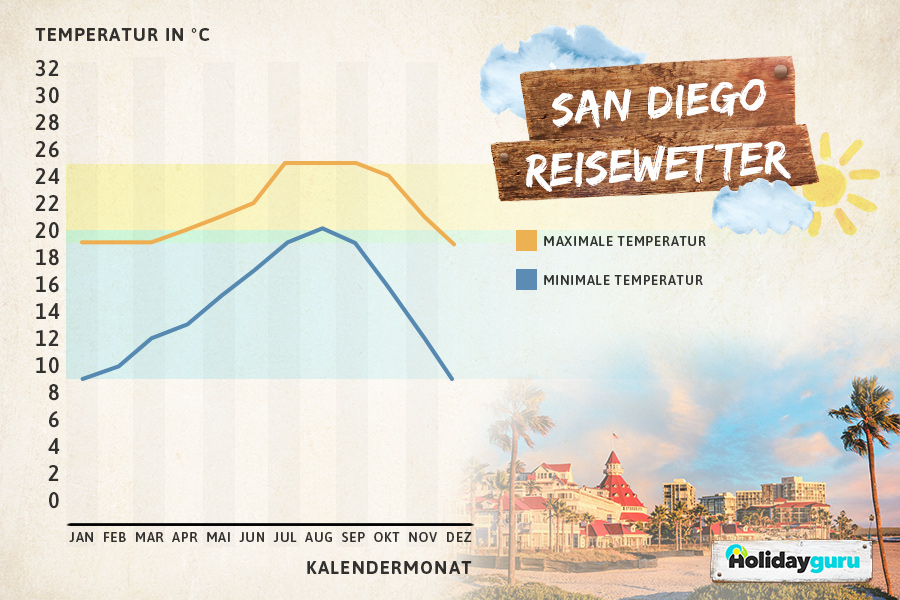
4jd2Fevxzz- Office of the Governor of California August 11, 2022 So we’re acting now.ĬA’s Water Supply Strategy outlines how we can replace what we’ll lose including ways to store, recycle, conserve, & de-salt like they are at Antioch Brackish Desalination. Subscribe to our blog.Without action, extreme weather could diminish our water supply by up to 10% by 2040. Posted by Cypress Hansen, Science Communications Manager. Speaking of the next generation-three more discoveries of ancient San Diegan carnivores will be published this spring by our James R Colclough Paleontology Postdoctoral Fellow, Ashley Poust. “We still have a lot to learn,” Deméré says, “which I think is very exciting for the next generation of paleontologists.” This richness of life extends deep into the past, and the museum’s PaleoServices team is constantly unearthing more clues to define and explain it. Today, San Diego County boasts the highest species diversity of any county in the contiguous United States. Some familiar locals existed back then too, including jays, road runners, foxes, and ducks. Mastodons, ground sloths, camels, bison, and pronghorn grazed the foothills, while tapirs and capybaras plodded through wetlands.

But 100,000 years ago during the Pleistocene, the region was wetter and mammals big and small ruled the land. San Diego County, in its scrubby, often crispy glory of today, is hardly a perfect place for large semi-aquatic rodents to roam.

"But features on the cheekbones and parts of the cranium led us to our determination that it was a new species." "Without the well-preserved teeth, we probably wouldn't have been able to identify it as a member of the Hydrochoerus lineage," says Deméré. The crushed bones were still well preserved, however, along with the teeth, making the identification process a whole lot easier. That a new species was described from the specimen is remarkable in itself, as over time the skull was crushed to pieces by compaction of the surrounding rock during the 80 to 130 thousand years since the animal died.ĭeméré’s colleagues-hailing from The Mammoth Site, the University of Arizona, and New Mexico’s Museum of Natural History and Science-comically named this new capybara Hydrochoerus hersperotiganites, or the western pancake capybara, in reference to the fossil's flattened condition. "The bones in the skull of this new fossil species are more robust, especially in the zygomatic processes, or cheekbones," says Deméré. What we do know is that this capybara was slightly larger than the ones paddling around in the Amazon's wetlands today. How these South American, lowland-dwelling animals managed to disperse from Mexico, cross over a mountain range, and end up in coastal San Diego County remains a mystery. The current height of the Peninsular Ranges predates this newly described capybara by hundreds of thousands of years. The mountains he’s referring to include the ranges just east of San Diego, which form a backbone of continuous high-elevation land stretching from I-10 down into Baja California Sur. "As usual, this finding leads to more questions like 'why haven't we found more capybara bones here?' and 'how did they disperse over the mountains of the Peninsular Ranges?'" says Deméré. It also represents the northwesternmost fossil evidence for the entire capybara family. Fossils from the extinct lineage have been found in South Carolina, Florida, and Sonora Mexico, but The Nat's specimen is the first and only Hydrochoerus fossil found in all of North America. One is completely extinct, while the other, called Hydrochoerus (Latin for "water pig"), lives on in South America today. There are two main lineages of capybaras that have existed in the Western Hemisphere throughout time. Their range was much larger in the past, but today it’s restricted almost entirely to South America’s rainforests. They are semi-aquatic, hanging out in the lowlands near waterways where they wallow in mud, munch on plants, and chirp and squeak at each other. "Their presence here is a puzzle, it reminds us that we have a lot to learn about our region's ancient biodiversity."Ĭapybaras are the largest living rodent on Earth. Tom Deméré, paleontology curator and coauthor on the study. "To find capybara bones in Oceanside is remarkable," says Dr. The study is based on a nearly complete, fossilized skull from The Nat’s paleontology collection, which was recovered from a shopping center construction site by The Nat's PaleoServices team. Capybaras used to call San Diego home-and no, they weren’t in a zoo.Ī new study published this week in Vertebrate Anatomy Morphology Palaeontology describes a novel species of extinct capybara that once roamed the San Luis Rey River Valley in Oceanside, California.


 0 kommentar(er)
0 kommentar(er)
